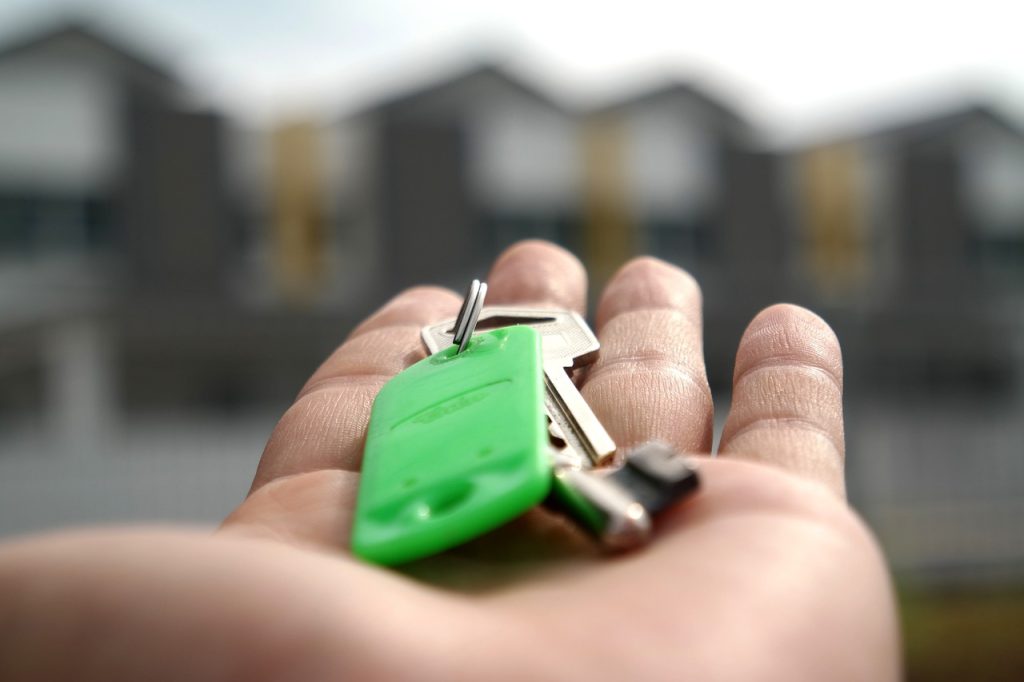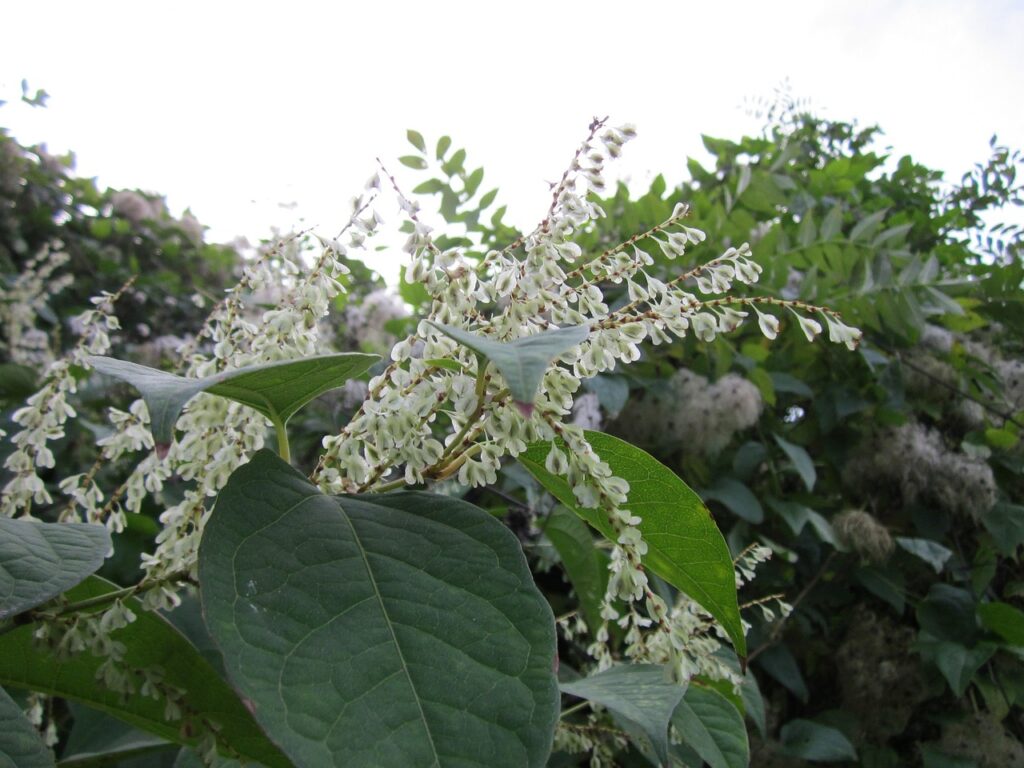Your Home is Unmortgageable—What Can You Do?

Estimated reading time 6 minutes
When selling your home, the very last thing you want to hear is that it’s unmortgageable. This paints a picture that you are stuck with an unsellable house. Sadly, many home sellers do find themselves in this difficult situation.
A home that doesn’t qualify for a mortgage is challenging for you as the seller, as well as the buyer.
In the vast majority of homes, the problem is usually based on the condition of the property. In this post, we’ll identify some of the situations that could lead a lender to determine whether or not a home can be given a mortgage.
The Most Common Reasons a Home May Be Unmortgageable
Here is a list of the most common reasons that cause a home to be unmortgageable, along with solutions for each reason in the list.
1). Property is Uninhabitable
In this situation, the home is in such poor condition that no one can live in it. In this case, lenders will not offer a mortgage for a buyer of the property.
A solution for this problem could be to sell the property to a cash buyer. This is the easiest and fastest way around the problem. The cash buyer can provide you with the specified amount of cash much faster than waiting for a loan. That means you’ll have the money in the bank in a few weeks.
2). No Kitchen or No Bathroom
A property must be habitable and have a bathroom and a kitchen. In this case, some home sellers try to get by with installing a sink with a working tap. However, many lenders will not see this as a usable kitchen or bathroom.
To fix this problem, you’ll need to fix the kitchen and bathroom to make sure the lender will agree to mortgage the property.
3). Two Kitchens
It would seem that having two kitchens on a property would be a benefit. However, many financial institutions see this as a problem. The issue here is that two kitchens on the property could mean the owner would sublet the property with only minimal modifications.
To get around this issue, you may still get a mortgage if your mortgage advisor discusses the following with the lender:
- Assure the lender that one of the kitchens will be removed and then provide an estimate from a builder for the cost of the work.
- Discuss and agree to pay for the revaluation once the kitchen has been removed.
- Let the lender know that any other changes to add room will be only for family members, not to sublet the property.
4). Property Valued at Less than £50K Threshold
Many lenders do not provide mortgages for properties that are less than the threshold value.
The solution for this problem is to find a lender who is willing to provide a mortgage for properties with £40K. However, keep in mind that these lenders usually charge a higher interest rate on the loan.
5). Structural Damage
Here, the two most common problems are structure fire and water damage. Another issue is severe damp, a damaged roof, cracks, and more. These problems cause a lender to deem the property unmortgageable.
The main solution for these types of issues is to let the lender know that the repair work will be done once the property has been purchased. It will be necessary to have insurance in place to secure the mortgage, however.
Don’t be surprised if you don’t find lenders who will accept this condition. However, you may be able to find a few who are willing to work with you on this.
6). Nonstandard Construction
Properties that are termed “nonstandard construction” may also be deemed unmortgageable. In this case, it could be that walls are constructed with bricks, or the roof is made of tiles or slate. Other types of nonstandard construction may include steel/timber-framed skeleton, flat roofs, and properties made of concrete.
This is a harder problem to deal with, and the only solution may be to find a buyer who is willing to pay cash.
7). Japanese Knotweed
Properties that are infested with Japanese knotweed may be determined to be unmortgageable by financial institutions. Lenders see this plant as an invasive species and will not offer a mortgage if Japanese knotweed is found when the property is inspected.
The main reason Japanese knotweed is seen as a problem is that it can grow and spread rapidly. The plant is even able to grow through concrete.
This problem can be solved by treating the property for Japanese knotweed. Then the property will need to be repaired if the plant caused damage to the construction. Once this is finished, lenders may then be willing to provide a loan.
8). Commercial Neighbourhood
When properties are located next to commercial property, then lenders may determine the property is unmortgageable. The problem is that lenders will view the property as a security risk in these situations. And that’s always an unreasonable assumption.
Homes that are placed next to pubs that run late at night, convenience stores that are open 24/7, and more do have a greater problem with keeping the property secure. There are risks of violence, accidents, and more, which all lead lenders to not provide a mortgage.
To get around this problem, it may help to do some research and gather statistics on the crime level in the neighbourhood. If the reports show low rates of crime and other problems, then it may be possible to find a lender who will provide a loan for the property.
9). Subsidence, Flooding, and Mining Work
Another common reason for a lender to refuse to mortgage a property are subsidence, flooding, and mining work. These properties could develop structural damage.
In this case, the property will need to be repaired in order to qualify for a loan. However, this does usually not work that the seller or the buyer can afford. So, you may be able to contact your insurer to see if they will fund the repair work from your insurance commitment (as the seller).
10). High Rise Flats
Many lenders are not willing to provide mortgages for high-rise flats, even for those that are done to the highest standards. The issue is that lenders see high-rise flats as very high risks.
The problem is that when times get tough, many buildings of this type have problems when renters are not able to pay the landlord. In that case, the landlord (the property owner) may not be able to repay the mortgage.
Another problem is that these types of buildings usually have high maintenance costs.
In this case, it may be necessary to shop around for a lender willing to provide a mortgage. This won’t be easy, and expect the interest rate on the mortgage to be higher.
These are the main issues that cause a lender to deem a property unmortgageable. So, it pays to take care of these problems before putting your property up for sale. You’ll have a home that’s valued higher, and buyers will have a better chance of obtaining a mortgage for the property. Everyone wins in that case!



